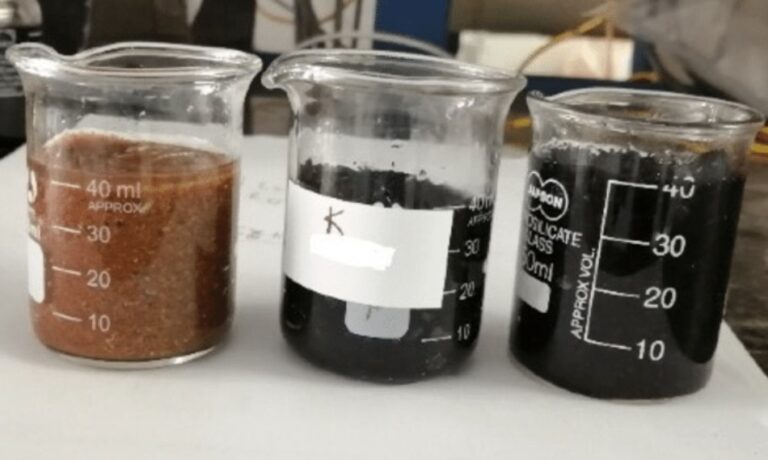SSC 321: Pedology Past Questions
UNIVERSITY OF NIGERIA NSUKKA
FACULTY OF AGRICULTURE
DEPARTMENT OF CROP SCIENCE
SESSION: 2013/2014
COURSE NAME: SSC 321: PEDOLOGY
1a. Using a suitable schematic diagram of a set of circles show the various soil sequences derivable from five major factors of soil formation.
- Define each of the sequences in 1a relating each to the respective factor that gives rise to it
- In the diagram explain why soil (S) is placed centrally in the diagram
2a. Distinguish briefly between a rock and a mineral
- Name the various criteria often used to group the three types of rock
- using a schematic arrow diagram state how graphite is formed from lignite
3a. With two examples of biological agents state briefly how they influence
- Physical weathering of rocks
- Chemical weathering of rocks
3b. List all the physical agents of rock weathering and the respective region(s) of the world where each is prevalent.
3c. Using appropriate schematic diagrams illustrate the structures of 1:1 and 2:1 clay minerals; and list why 2:1 clays have more negative charges on their surfaces than 1:1 clays.
Section B:
- Explain the following concepts
a (i) Self mulching soils ii) Lessivage iii) Pedoturbation iv) Lithological discontinuity v) lacustrine vi) “Time zero” in soil formation
- What are the implications of illuviation/Eluviation phenomena for agricultural development?
5a. In pedogenesis, the influence of anthropogenic factors is indispensable. Explain
- State and explain fully five importance of pedology to humanity.
- With a proper illustration and appropriate examples, explain the categories of internal processes often influenced by external factors of soil formation.
